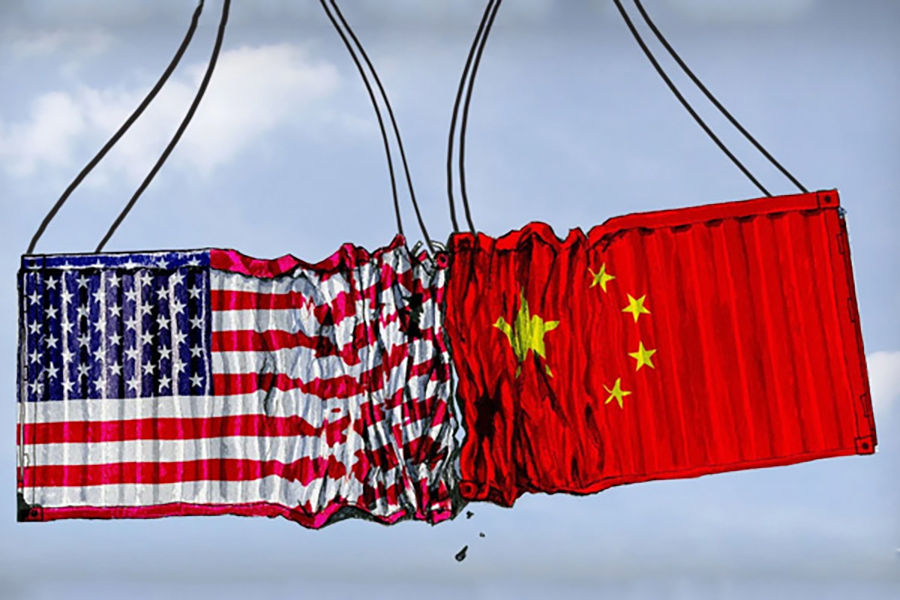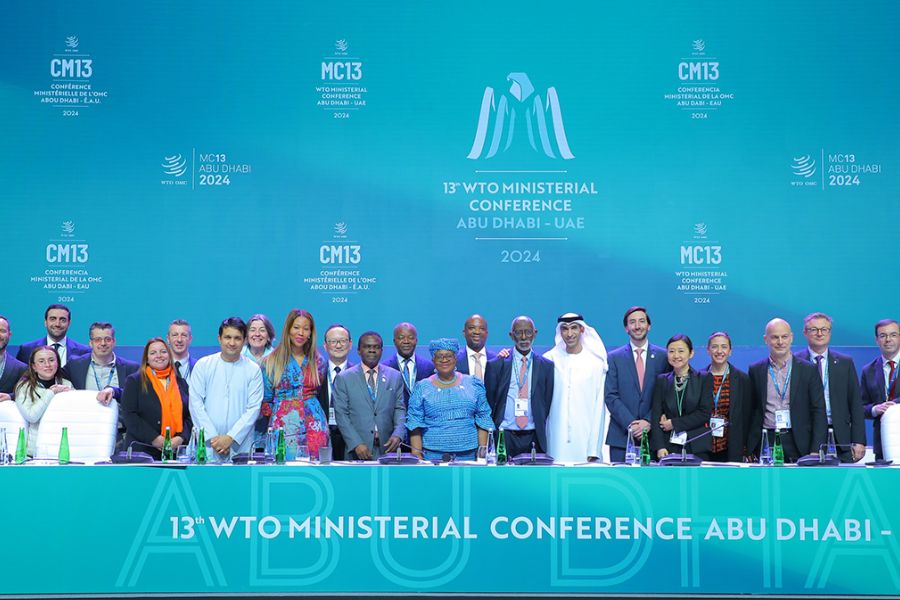India-US solar dispute: What did India actually win?
• The solar panel dispute between India and US has more to the picture than trade protection, which the US has been advocating vehemently in recent years.
• With declining global reliance on coal and oil, solar is gaining momentum as a cheap, stable, accessible and fairly distributed alternative.
• India has won a case against US protectionism, but it provides little in terms of actual benefit to its domestic solar industry.
• The government has to carefully consider the policy paradigm to improve the domestic industry to meet India’s own surging demand.

In 2008, when India and US signed the landmark nuclear deal, their collaboration was lauded as the most strategic and definitive partnership of the 21st century. In July 2019, if you were to ask someone about the trajectory of this relationship, a definitive response would prove quite elusive.
On one hand, the US has called on India for its greater and strategic role in Indo Pacific, facilitated the listing of Masood Azhar as a global terrorist and given special waiver to India on Iran sanctions in 2018. But on the other hand we have instances of GSP benefit withdrawal, constant attack on India’s trade and tariff policies at major forums and S400-related tensions.
The current series of events indicates that America under Mr. Trump is delinking trade from foreign diplomacy. In pursuance of such a de-linked policy, the US has knocked on the doors of the WTO on a number of occasions against several of its allies, and naturally, India has also faced the wrath.
The solar panel dispute between the two countries is one of them, where India recently won a case against the US at the WTO. The dispute has more to the picture than trade protection, which the US has been advocating vehemently in recent years.
Solar panels, modules, etc. have seen both positive international collaboration e.g. International Solar Alliance and recurrent friction among many nations.
With dwindling global reliance on coal and oil as a chief energy source, the world as a whole is exploring a cheap, stable, accessible and fairly distributed alternative (that minimises the effects of geo-political events in one region). With advancement in technology, solar energy may be termed as the potential alternative of the future. Hence, several nations are aggressively pursuing leadership of this industry and the unprecedented leverage it brings.
In 2011, India launched the National Solar Mission with the goal of becoming a world leader in renewable energy advocacy along with accelerating the indigenisation of the domestic renewable energy sector. However in 2013, the US moved the WTO Dispute Settlement Body against India, accusing it of discriminatory treatment of non-domestic solar panel and module manufacturers through its mandatory domestic content requirement. Also, it accused India of providing subsidies to the domestic solar panel industry inconsistent with the WTO norms.
India lost the case in 2016 and claimed to have withdrawn all the measures inconsistent with WTO. It called for bilateral discussion on the issue on several occasions, but none of the meetings bore any result. In 2017, US’ agenda note for DSB sought the permission for retaliatory trade sanctions on India. However, it was never pursued.
Later in 2018, India moved the WTO against the states of Washington, California, Montana, Massachusetts, Connecticut, Michigan, Delaware and Minnesota of USA, accusing them of similar discrimination and subsidy support. Recently India won this case.
No ‘spoils’ for India’s solar sector
The most obvious implication is that India can apply retaliatory trade sanctions on US. However, if we look at the larger picture, India gets little more than a few brownie points. It has successfully exposed the irony of US’ trade offensive and challenges and provided India with strategic leverage. The verdict will boost the confidence of Indian side, in respect to the other cases that the US is pursuing against it, particularly on export schemes (primarily MEIS) at WTO.
But considering that India’s solar device manufacturing industry has not been able to even meet the domestic demand, it looks like a pipedream for India to gain from this verdict in real terms in the near future. India’s total solar capacity as on 2019 is approximately half of the installed capacity of US (56 GW vs 25 GW according to ArsTechnica).
India’s goal of 100 GW solar capacity by 2022 and its initiatives such as ISA stand as testament to its commitment towards solar energy in principle. However, the solar panel manufacturing industry has not been able to keep pace and hence our dependence on imports from China is increasing. A glance at the trade data of photosensitive semiconductor devices, diodes and transistors (solar panels, batteries etc.) reveals the lack of preparedness of the Indian solar device manufacturing industry.
What is even more baffling is the concentrated nature of the dependence – more than 73% of the solar panel demand is met through imports from China.
Over the years, India’s imports from China have seen a consistent rise, only witnessing a dip in 2018.
Most of India’s solar manufacturing is concentrated on module assembly and wafer manufacturing. Till date, there are no companies involved in silicon production, which is a highly capital intensive activity, but a critical step towards indigenisation. Moreover, India had an annual solar cell manufacturing capability for just 3 GW in 2018, while the average annual demand is 20 GW. The government needs to boost the industry by bringing in public procurement that mandates 100% local manufacturing of solar panels. This will give entrepreneurs the confidence to develop much needed capabilities for manufacturing across the value chain.













Leave a comment